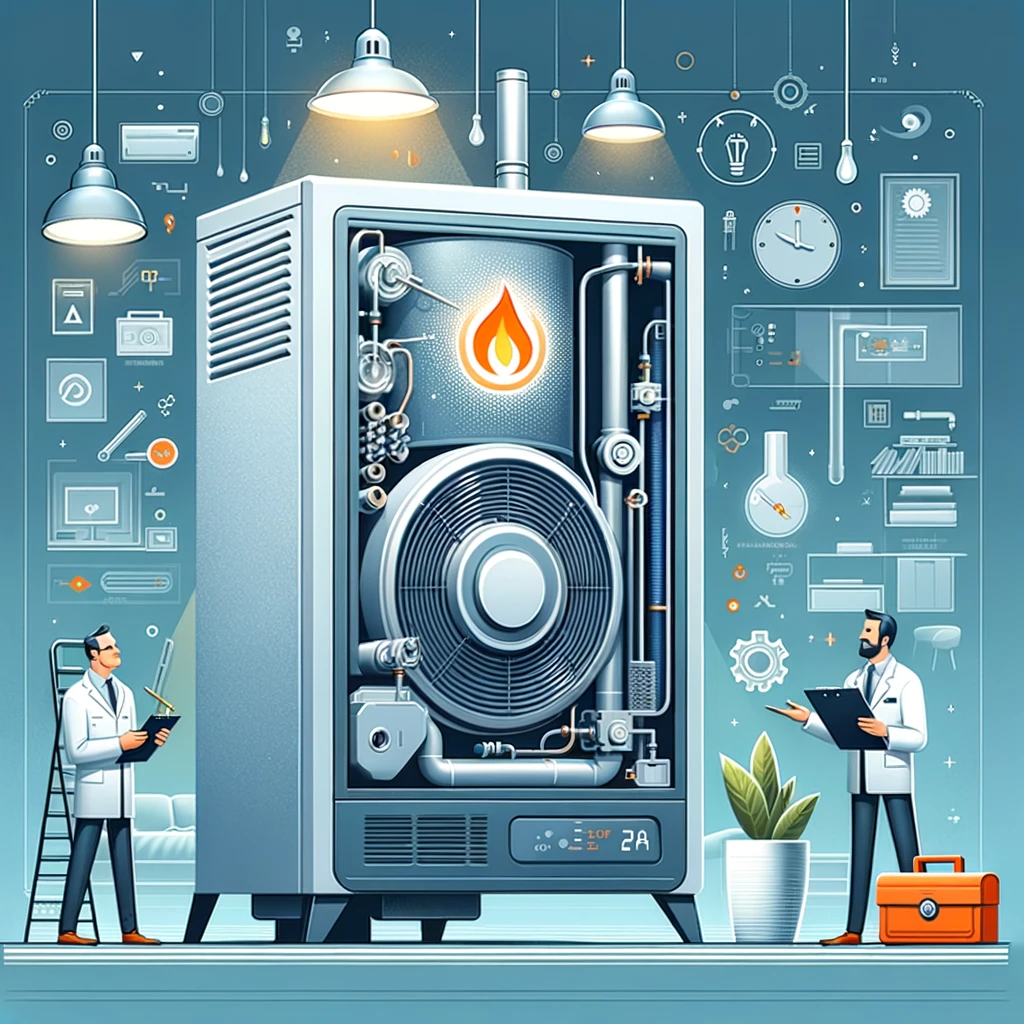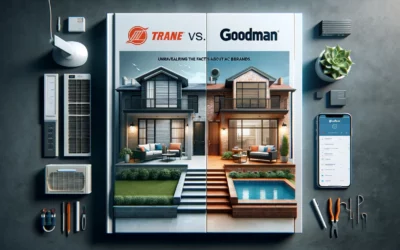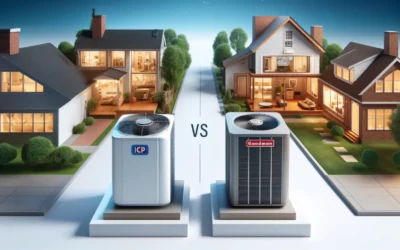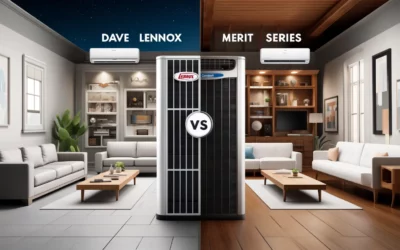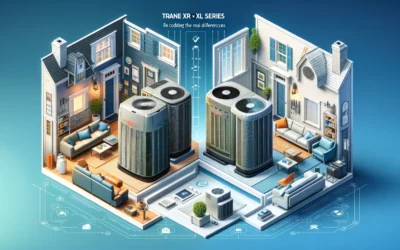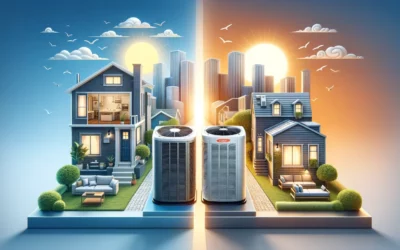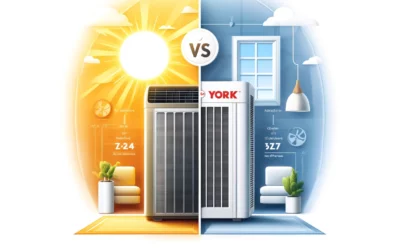Welcome to our in-depth post, “Understanding Condensing Furnaces: An Expert Insight”. In an effort to make your approach towards home heating more informed and efficient, this guide will unravel everything you need to know about condensing furnaces. By harnessing expert opinions and fact-based information, we aim to shed light on how these units function, their benefits, drawbacks, and more. This valuable knowledge will not only help you make an educated decision if ever you need to purchase, replace, or upgrade a furnace, but also enable you to maximize efficiency and longevity of your current one. Join us in exploring this topic in an understandable and beneficial way.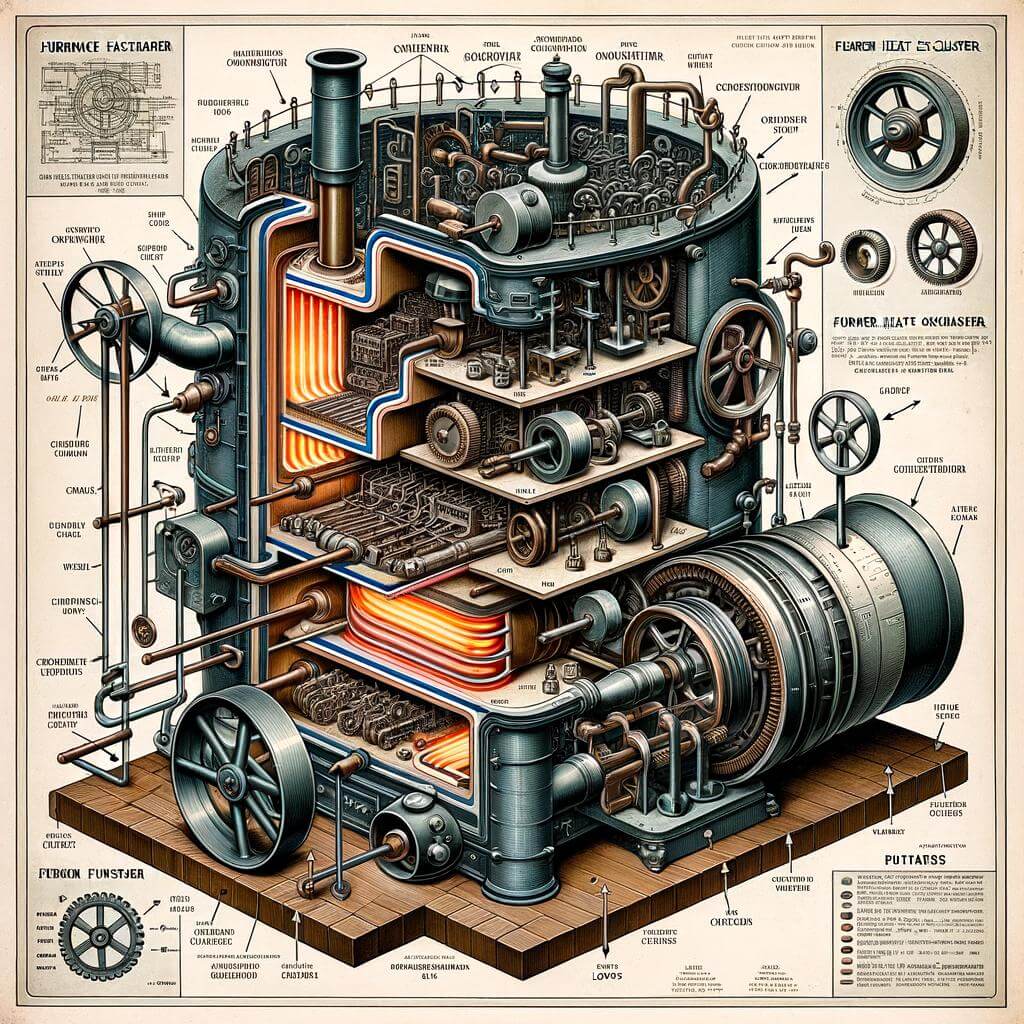
Understanding the Mechanics of Condensing Furnaces
Condensing furnaces are a modern and energy-efficient heating option that homeowners are increasingly opting for. They are designed to extract heat from the exhaust gases that are output by most heating systems, thus reducing the amount of energy wasted. This form of heating system is named ‘condensing furnace’ due to the creation of condensate, a byproduct that occurs when the latent heat is removed from the exhaust gas.
Components of Condensing Furnaces
- Heat Exchanger: The primary heat exchanger extracts heat from the burned natural gas, much like a traditional furnace. However, unlike a traditional furnace, condensing units feature a second, or even third, heat exchanger for optimal efficiency.
- Condensate Drain: Due to the presence of a second heat exchanger, the furnace creates a condensate. This acidic water will need to be neutralized and correctly drained away to avoid damage or malfunction.
- Sealed Combustion: These units are sealed off from the air in your home, instead using outside air for combustion. This makes them safer and more efficient as they don’t use heated air from inside the home to operate.
| Efficiency Rate | Type of Furnace |
|---|---|
| 80 - 90% | Traditional Furnaces |
| 86 – 98% | Condensing Furnaces |
As shown in the table above, condensing furnaces can operate at an efficiency rate of 86 – 98% - significantly higher than traditional furnaces. This significant increase in efficiency can lead to noticeable reductions in heating costs, which makes these furnaces a worthy investment for any homeowner. It is worth noting that although condensing furnaces require an initial investment, the savings on energy bills will eventually offset this cost over time.
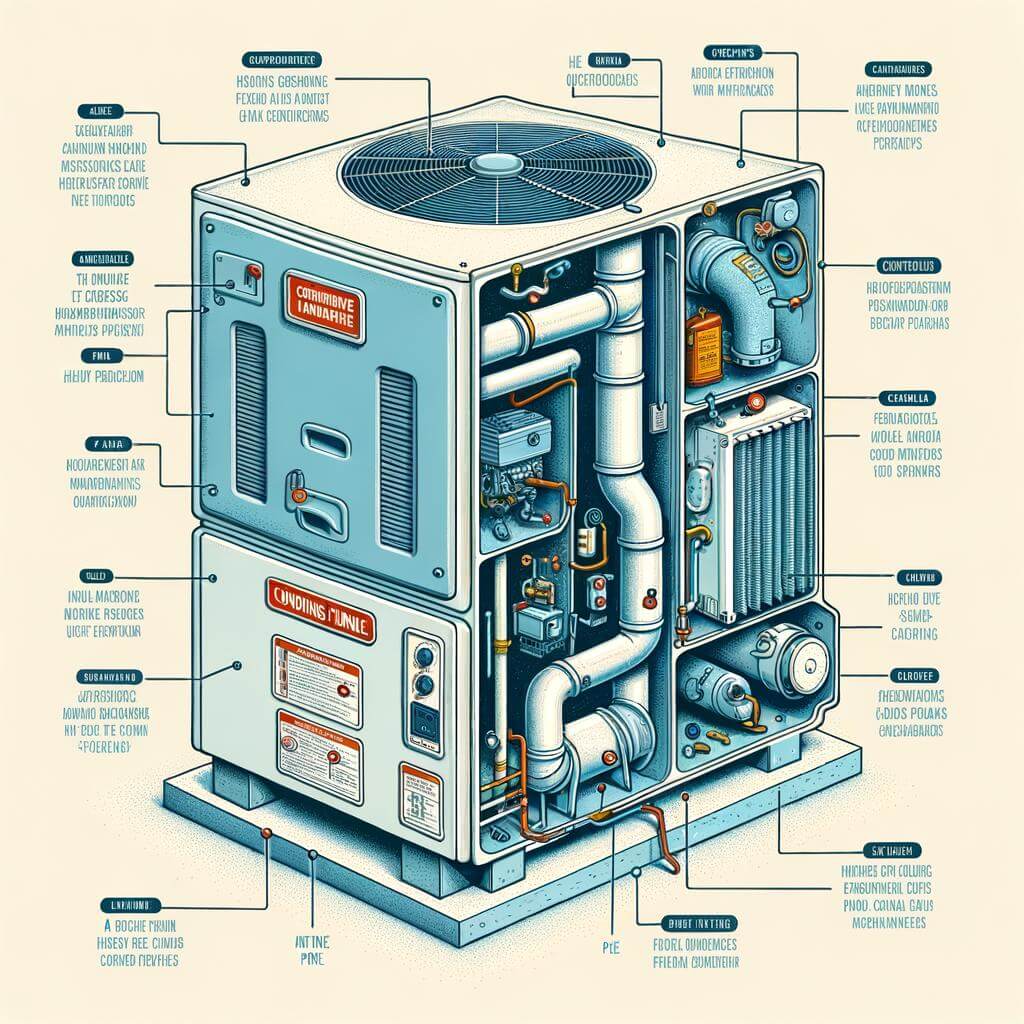
Key Components of a Condensing Furnace and Their Functions
One of the primary components in a condensing furnace is the heat exchanger. This part, which is actually a system of coils filled with coolant, plays two essential roles - it allows the furnace to pull heat from the burned gas and it facilitates successfully condenses water vapor out of the gas. The heat exchanger is constructed of stainless steel or a similar material, which is resistant to the acidic condensation that can result from this process.
Beyond the heat exchanger, several other elements aid the furnace’s operation. These include the burner, which ignites the gas, the blower, which moves the created heat through the HVAC system, and the flue, which allows the safe exit of combustion gases. Of particular importance are also the two types of heat exchangers, primary and secondary. The primary heat exchanger helps generate the initial heating while the secondary heat exchanger helps retrieve any remaining heat that would have otherwise been wasted.
- First stage: In the first heat exchanger, gas burns and heat is transferred to the air.
- Second stage: In the secondary heat exchanger, any remaining heat is recaptured before the exhaust gases exit the system.
| Component | Function |
|---|---|
| Heat Exchanger | Stores and recirculates heat |
| Burner | Iginites the gas |
| Blower | Moves warm air through the HVAC system |
| Flue | Safe exit for combustion gases |
| Primary Heat Exchanger | Generates initial heating |
| Secondary Heat Exchanger | Recaptures remaining heat |
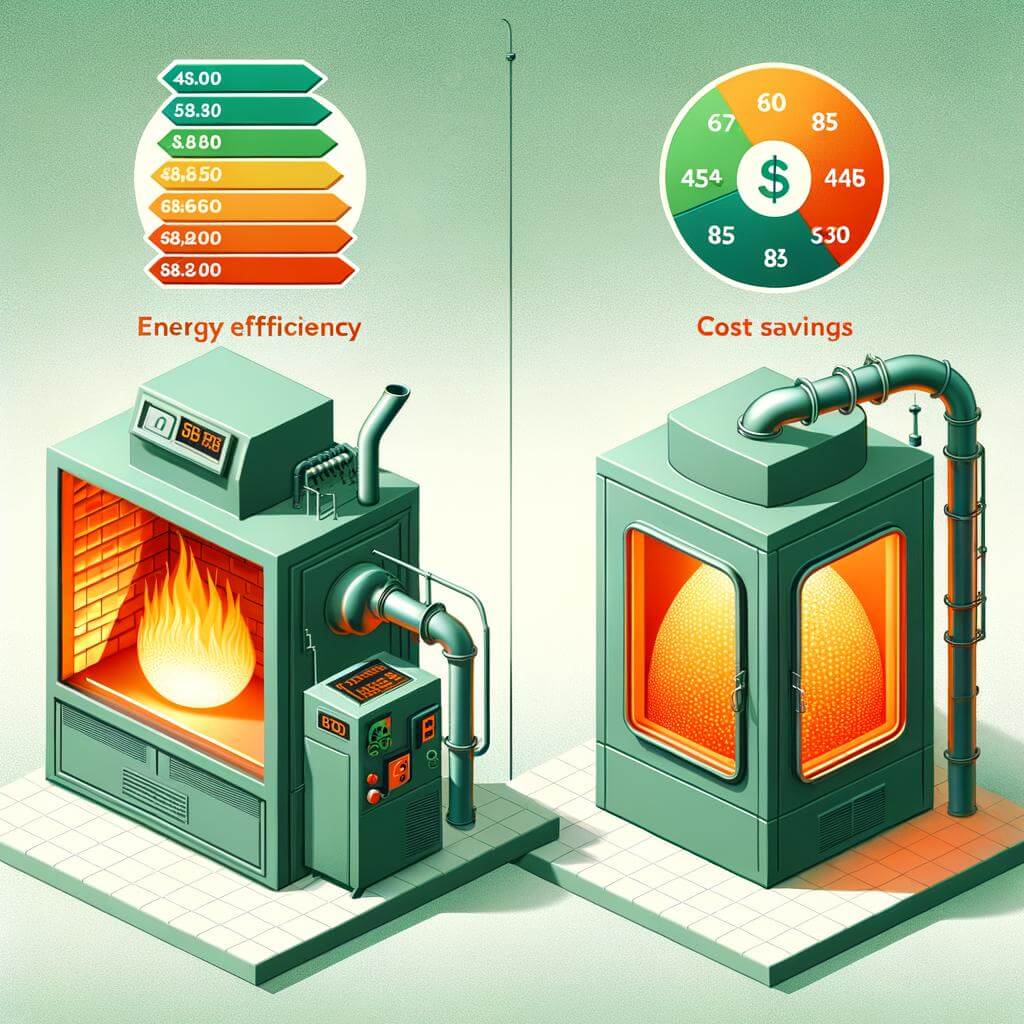
Energy Efficiency and Cost Savings: The Advantages of Condensing Furnaces
Energy efficiency and cost savings form a critical part of why condensing furnaces should be a homeowner’s primary consideration when trying to heat their home. These machines carry several benefits that distinguish them from traditional furnaces. One of the significant advantages is that they use less energy. Unlike the traditional models that attain an efficiency of about 89%, condensing furnaces bring about efficiencies as high as 98.5%. What this means is, for every dollar you spend on energy, most of it gets used for heat, and a tiny portion is wasted.
Another major benefit is significant cost-savings. Since condensing furnaces make the best use of the gas they burn, homeowners experience significant reductions in their heating bills. It implies that over time, despite the initial higher costs of purchasing these units, they pay for themselves in the savings you realize in your energy costs. Besides, condensing furnaces are also gentler on the environment seen in their lower carbon footprint.
- Energy Efficiency: Up to 98.5% efficiency compared to 89% in traditional models.
- Cost Savings: Significant reduction in heating bills despite a higher initial purchase cost.
- Environmentally friendly: Lower carbon output due to better gas utilization.
| Features | Condensing Furnace | Traditional Model |
|---|---|---|
| Energy Efficiency | 98.5% | 89% |
| Cost Savings | High | Low |
| Environmental Impact | Lower Carbon Footprint | Higher Carbon Footprint |
These attributes of condensing furnaces make it a valuable and profitable investment.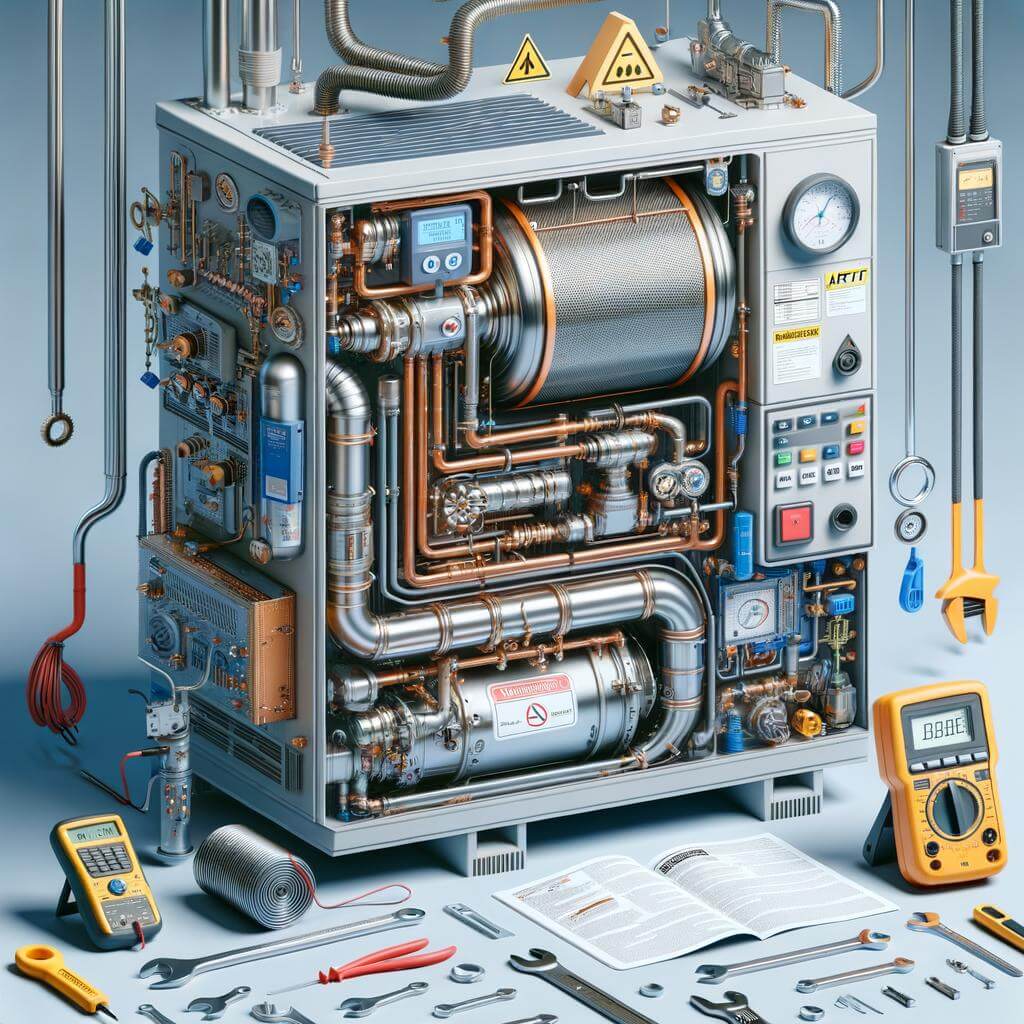
Maintenance and Safety: Crucial Aspects of Condensing Furnaces
Maintenance and safety are two inseparable aspects of any heating system, and condensing furnaces are not exempt from this rule. A well-maintained condensing furnace not only increases energy efficiency but also ensures the safety of your home. Understanding routine maintenance procedures not only extends the lifespan of your condensing furnace but also saves money in the long run. There are simple steps you can take to keep your furnace in good shape:
- Regular inspections: It’s advisable to have a professional inspect your condensing furnace at least once a year. This can help uncover hidden issues that may become more serious (and expensive) if left unattended.
- Clean filters: Dust and dirt in your furnace filters can severely impact its efficiency. Try to clean or replace them at least every 3 months.
- Clean the condensate drain: Your condensing furnace produces water as it operates. A clogged condensate drain can lead to water damage or even a system breakdown, so ensure it’s clean.
Safety should always be the top priority when dealing with heating systems like condensing furnaces. A neglected or malfunctioning furnace can emit harmful gases or cause fires. Some safety tips include:
- Check for leaks: Leaks can lead to carbon monoxide poisoning, making them highly dangerous. Install a carbon monoxide detector and check for leaks regularly.
- Keep the area clear: Storing objects near your furnace can be a fire hazard. Always ensure that the area around your furnace is kept clean and free from clutter.
- Install smoke detectors: Smoke detectors provide an early warning in case of fire. Install them in your home and check their batteries at least twice a year.
By adhering to these maintenance and safety procedures, you can keep your condensing furnace running smoothly and your home safe.
| Maintenance Task | Frequency |
|---|---|
| Professional Inspection | Once A Year |
| Filter Cleaning/Replacement | Every 3 Months |
| Condensate Drain Cleaning | As Needed |
| Safety Measure | Importance |
|---|---|
| Checking for Leaks | Prevents Carbon Monoxide Poisoning |
| Keeping Area Clear | Prevents Fire Hazards |
| Installing Smoke Detectors | Early Fire Warning |
Few things are as important as ensuring the safety and efficiency of your heating system. Regular maintenance and safety checks will not only prolong the life of your condensing furnace but also keep your home safe and your bills low.
Choosing the Right Condensing Furnace: Factors to Consider
When it comes to making a smart investment in your home’s heating system, choosing the right condensing furnace can be a challenging task. A wide array of options available on the market often leaves homeowners overwhelmed. However, by keeping a few essential factors in mind, you can simplify the process.
Firstly, consider the size of the furnace. The heating capacity must be balanced with the size of your home to ensure optimal functioning and efficiency. A furnace that is too small might not provide sufficient warmth, while one that’s too large may lead to higher energy costs. Energy-efficiency rating is another factor to keep in mind. A higher AFUE (Annual Fuel Utilization Efficiency) value implies that the furnace converts a greater percentage of fuel into heat, reducing wastage and your energy bills.
Don’t forget to factor in the costs of installation, including equipment and labor costs, and the longevity and warranty of the product. Do cross-check whether the product warranty as well as its specific terms are appropriate for your requirements, and whether the lifespan of the product justifies the investment.
| Property | Description |
|---|---|
| Furnace Size | Balanced with home size for optimal efficiency. |
| Energy Efficiency | High AFUE value for reduced energy bills. |
| Installation Costs | Includes both equipment and labor costs. |
| Longevity and Warranty | Product lifespan and warranty terms to justify the investment. |
Lastly, always choose a reputable brand and check customer reviews for the product you’re considering. It’s also advisable to consult a professional heating contractor to get a proper understanding of what best suits your heating needs – they can guide you through the selection process and ensure that the furnace is installed properly for optimal performance.

Professional Suggestions for Prolonging the Lifespan of Your Condensing Furnace
Our professional technicians suggest regular maintenance as the primary way to prolong the lifespan of your condensing furnace. This includes routine cleaning of the combustion chamber and its components such as electrodes and burners. Grit and grime may accumulate over time and this can degrade the components and lead to inadequate combustion. Cooling filters should likewise be cleaned and replaced as needed, to ensure a steady flow of air within the system. The importance of timely servicing cannot be overemphasised. Tune-ups by experienced professionals will guarantee that minor issues are promptly detected and rectified before they escalate.
Another critical aspect is installing the furnace correctly. Technicians emphasise that poor installation can lead to frequent breakdowns and overall reduction of the system’s lifespan. Special attention should be given to the venting system as condensing furnaces produce condensate which can be corrosive. Hence, it’s essential that the material used for venting is resistant to these corrosive effects. Additionally, you can maximize your furnace’s lifespan by using it correctly. Modifying the thermostat settings excessively or frequently switching the system off and on may strain the furnace. A balanced usage pattern will contribute significantly to the efficiency and longevity of your condensing furnace.
Here is a summary table of the mentioned pointers with additional details:
| Action | Details | Frequency |
|---|---|---|
| Regular Maintenance | Cleaning of combustion chamber and its components, replacing cooling filters | Annually or as recommended by manufacturer |
| Proper Installation | Ensure correct venting setup, avoid corrosive effects of condensate | Initial Setup |
| Efficient Usage | Avoid excessive thermostat adjustments and frequent power cycling | Continuous |
Implementing these suggestions will not only extend the life of your condensing furnace but also improve its efficiency and save you from costly repairs in the long run.
Closing Remarks
In conclusion, understanding condensing furnaces is a significant part of improving your home’s energy efficiency and cutting down on utility costs. These advanced heating systems may seem complex at first, but once you grasp the core concepts behind their operation, it becomes easier to make informed decisions about your home’s heating needs. Always remember that the benefits of a higher energy efficient system like condensing furnace, far outweigh the costs in the long run. So, take the expert insight shared in this article and use it to your advantage – whether you’re shopping for a new system, maintaining your current one, or just looking to expand your knowledge. In an era of increasing environmental awareness and financial concern, understanding something like condensing furnaces could turn out to be a surprisingly useful skill.

